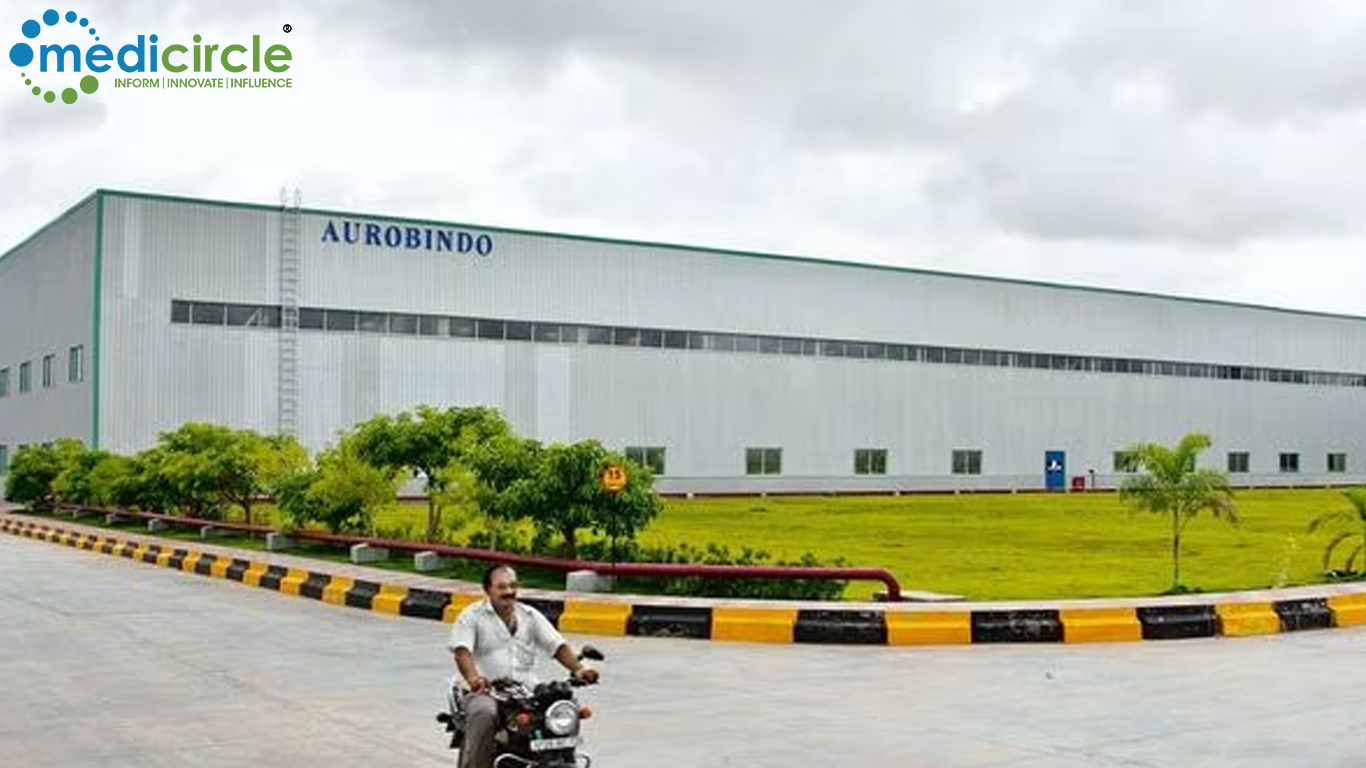Haemophilia is a rare disorder in which your blood doesn't clot normally because it lacks sufficient blood-clotting proteins that is clotting factors. With the CIVID 19 pandemic having a major impact on people with bleeding disorders, spreading awareness about the disorder has never been more important than this. On this World Haemophilia Day, we are speaking to eminent Doctors and Hematologists to create awareness about haemophilia disorders, and their necessary precautionary measures.
Dr. Aniket Mohite is a Consultant Hematologist, Oncologist, and Transplant Physician at Aarogyam Multispeciality Clinic, which facilitates complete evaluation and treatment of blood diseases. He is pursuing his fellowship in BMT from Vancouver General Hospital, BC, Canada.
Dr. Aniket tells, “There are basically 13 factors in our body which helps in clotting blood. The responsible factors are factor VIII and factor IX, deficiency of which is called Haemophilia A and Haemophilia B respectively. Hemophilia A is more common that is 1 in 5000 individuals whereas Haemophilia B is comparatively less common 1 in 25000. Generally, 40-100% amount of factor level is required for clotting. So whenever factor VIII or factor IX percentage is less than 40, we call them Haemophiliacs. Depending upon the number of factors present in the body, hemophiliacs can be classified as -
Mild – Clotting factor is 6-40%
Moderate – Clotting factor is 1-5%
Severe – Clotting factor is less than 1%”
Dr. Aniket speaks, “Severe haemophiliacs comprises 2/3rd of total haemophiliac patients. This is because mild and moderate haemophiliacs do not come to notice because they bleed only when they undergo some major procedure or would have trauma. So, they don’t require any emergency medical attention. Spontaneous bleeding is common in severe haemophiliacs. So, they come to us for medical treatment and thus get noticed.”
Trained nurses are required to administer clotting factor
Dr. Aniket informs, “clotting factors are available in ‘n’ number of centers now. The government has a supply of around lakhs of units of factor VIII and similar of factor IX. Severe haemophiliacs can develop antibodies against the factors considering it as a foreign antigen. These factors would not be effective in severe haemophiliacs and they would require a factor eight inhibitor bypassing agent. Patients who are on prophylaxis treatment can have some amount of factor at home for emergency situations. Being a costly product, at least they can store few vials. These factors are administered i.v as an i.v push, properly trained person like haemophiliac nurse are required to inject as injection procedure can worsen their bleeding disorder if not administered rightly.”
Dr. Aniket says, “Dosage amount of factor required depends on the kind (mild, moderate or severe) and site (joints, Gi tract, intracranial, etc) of bleeding. So, you can keep few vials just to control the bleeding. But it is always advisable to go and meet a physician or any Hematologist and then decide what amount of factor you'd require.”
Joint bleeding in haemophilia
Dr. Aniket shares, “Amongst bleeding, joints bleeding comprises of 40 to 60% of the bleed, which includes knee, elbows, and ankles that are the pressure joints. When you write, the elbow comes under stress, and while walking, the body bears weight on the knees and ankles. So, these joints come under stress and would bleed in that situation. If a patient takes pain killers, it can cause gastric ulcers. Gastric ulcers can further result in GI bleeding which can be difficult to treat in these patients. Of total haemophilia -
Joint bleeding – 40-60%
GI bleeding – 10-20%
Muscle bleeding – 10-20%
Brain bleeding – 5-10%
Treatment of joint bleeding
Dr. Aniket elaborates, “The first symptom of any joint bleeding would be excruciating pain. It is like putting a needle in the bone without anesthesia. There will be tenderness in the joint. It would restrict the patient to move or bear any weight on that joint. The first thing to protect the joint from any further damage is to give it rest. Second is PRICE – Protection, Rest, Ice application, Compression, Limb elevation.
P – Protect your joint
R – Rest on your bed to avoid further damage.
I – Ice packs are wrapped in a cloth and then is applied for 10-15 mins keeping a gap of 30 mins and repeating for 4-6 hours.
C - Patient can use crape bandages as compression bandage. This will help the joint to act as a single unit rather than segregated. So, the limb would act as a single unit and would avoid the transfer of pressure on the knee.
E - you can put some pillows beneath your ankle or calf, just to elevate and help the circulation in your leg. Thus, it will allow the blood to flow to the lower part of your leg. This will avoid the formation of clots too.”
Dr. Aniket adds, “Along with this, factor infusion is necessary. This can be infused every 8 to 12 hours for the next one or two days that would help to reduce the bleed. But for a longer duration, we advise physiotherapy which is slow exercise because they cannot do any vigorous exercise. Physiotherapy along with bleeding stopping agents like tranexamic acid or EACA and pain medications can be given.”
Treatment of systemic bleeding
Dr. Aniket says, “In case of systemic bleeding, we admit the patient in hospital and regular factor is given because hemoglobin of patient could also drop. The factor is given for next 4-5 days till the bleeding stops or till the patient comes out of danger.”
(Edited by - Renu Gupta)
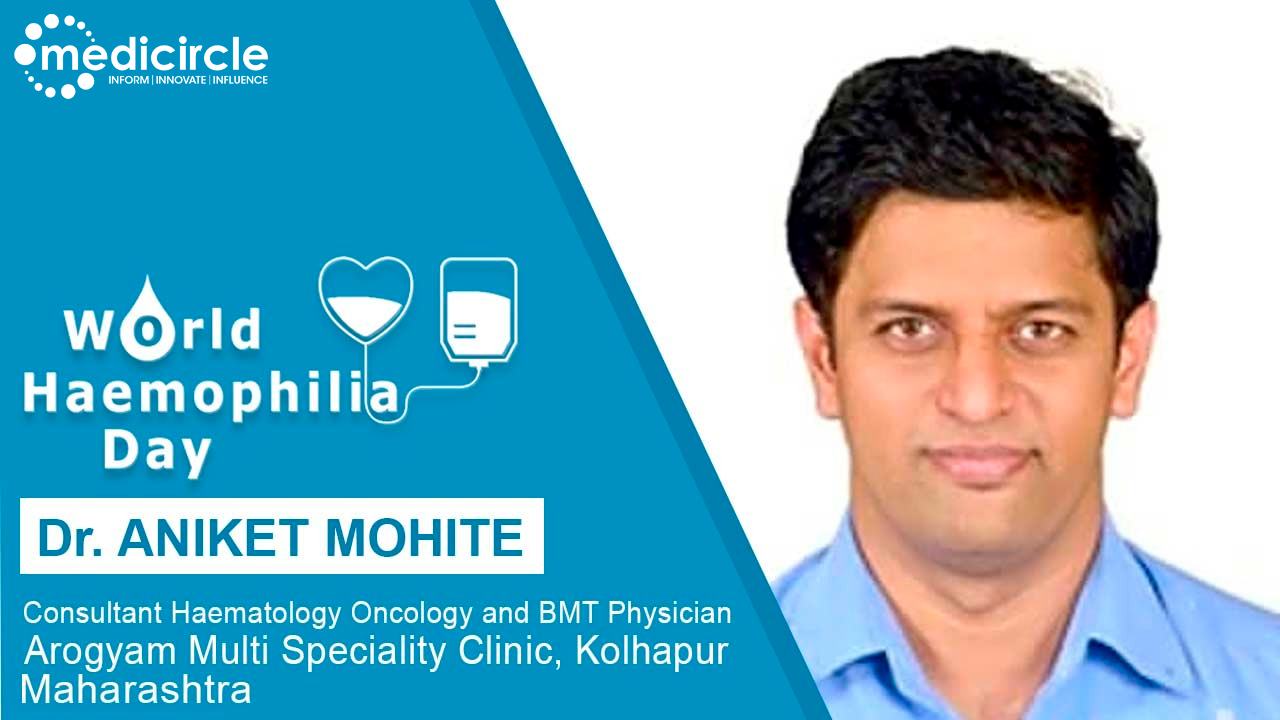
 Mild and moderate haemophiliacs do not come to notice because they bleed only when they undergo some major procedure. Spontaneous bleeding is common in severe haemophiliacs. So, they come to us for medical treatment and thus get noticed,†Dr. Aniket Mohite, Consultant Hematologist, Oncologist, and Transplant Physician
Mild and moderate haemophiliacs do not come to notice because they bleed only when they undergo some major procedure. Spontaneous bleeding is common in severe haemophiliacs. So, they come to us for medical treatment and thus get noticed,†Dr. Aniket Mohite, Consultant Hematologist, Oncologist, and Transplant Physician













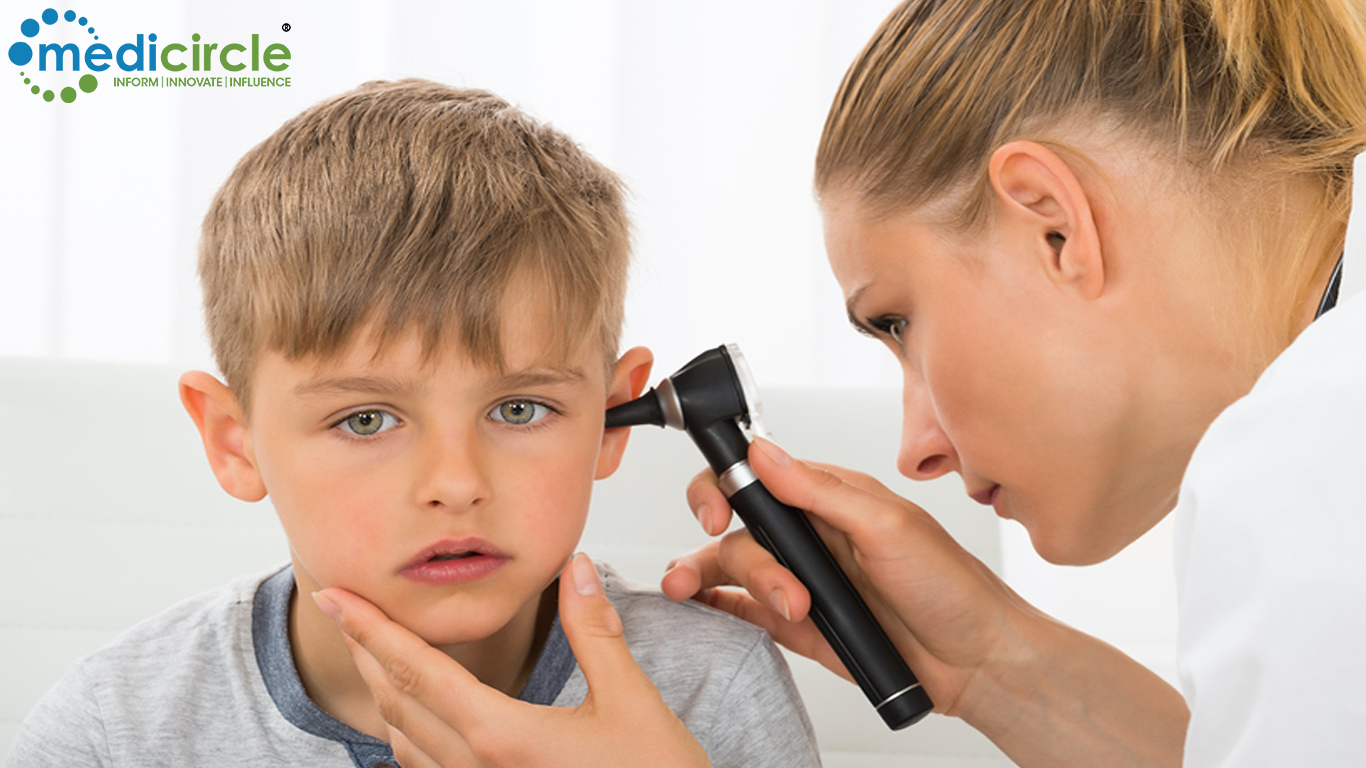
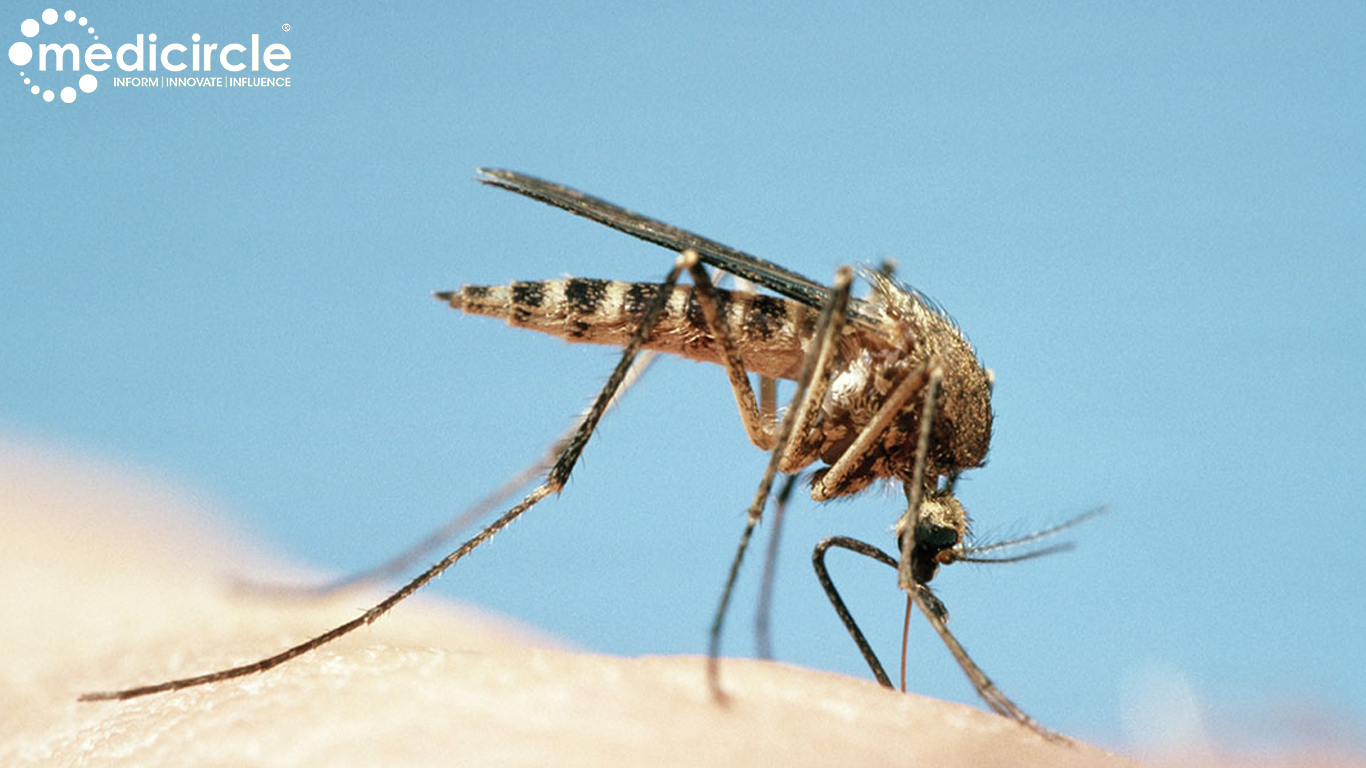
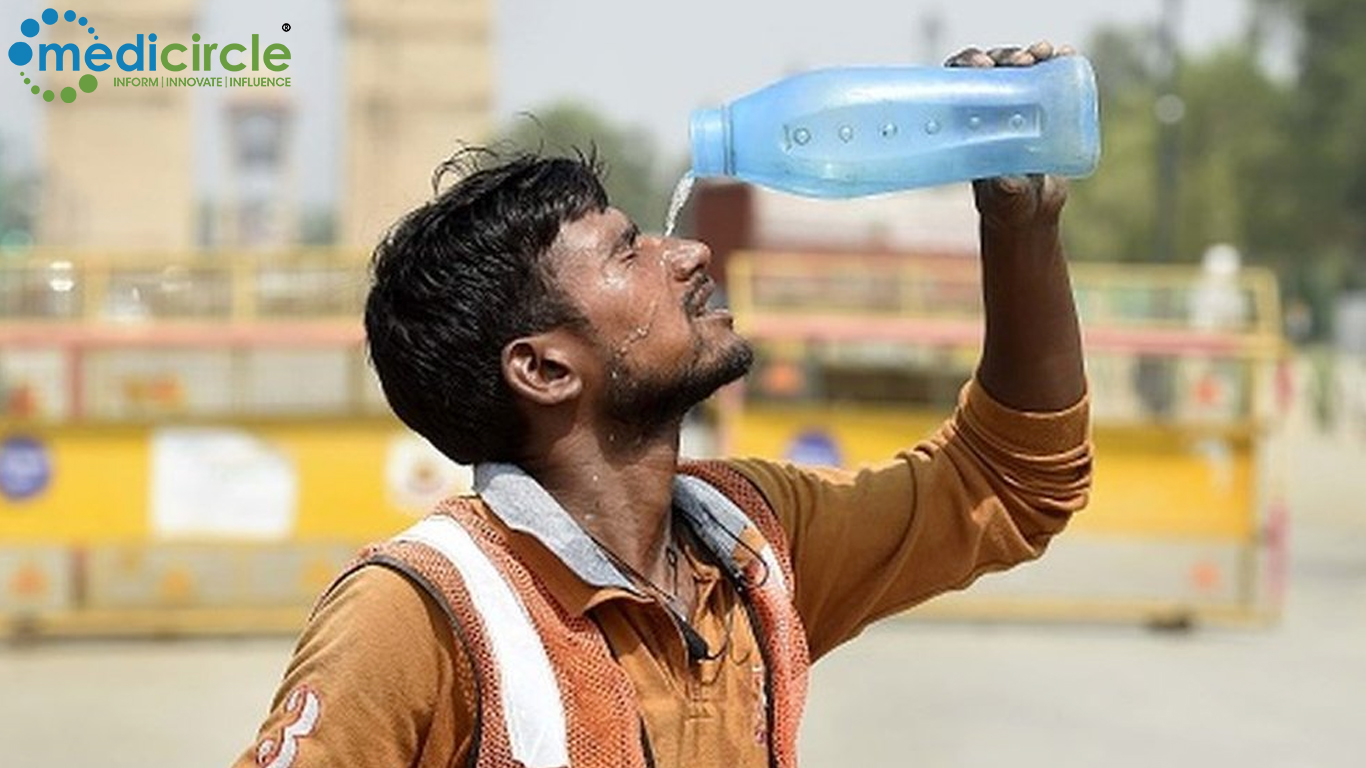




.jpeg)









